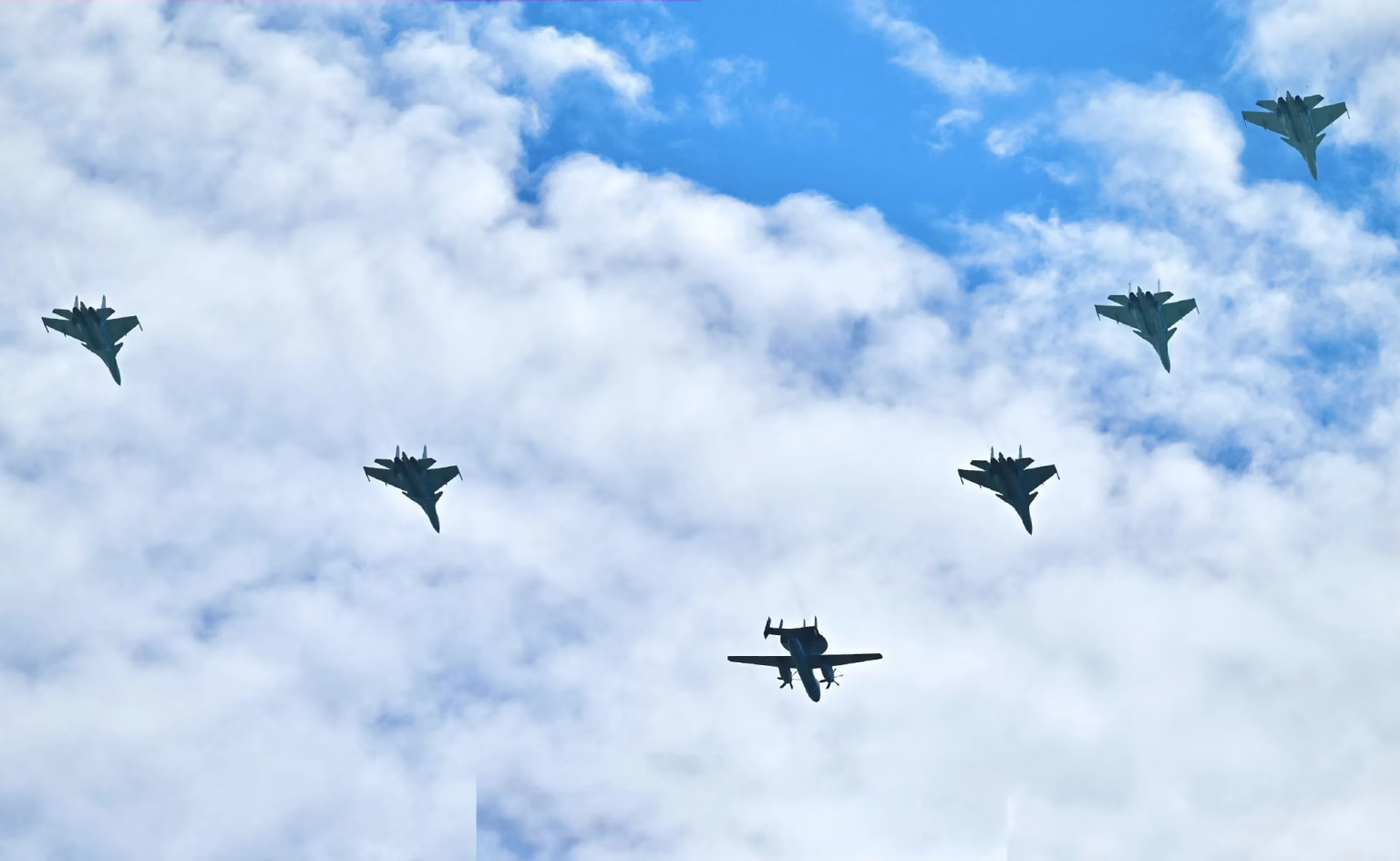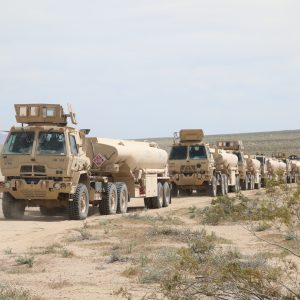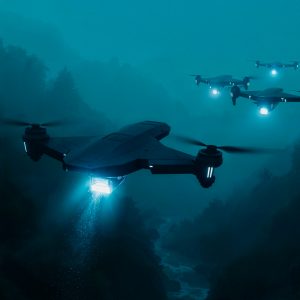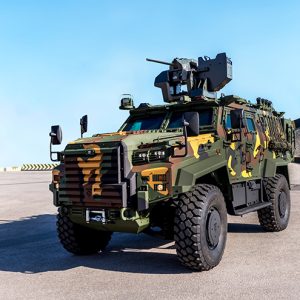Preparations for China’s next national parade are accelerating. Ground forces will field new armor and missiles. However, the China military parade aviation segment is set to lead. The air order of battle now combines stealth fighters, carrier enablers, and unmanned combat aircraft in one message of integration.
“Focusing on the aviation segment … rehearsals already exceed anything one could have expected. Only an H-20 debut would top it.”
Andreas Rupprecht, Chinese military aviation analyst
Why airpower will dominate this parade
China’s air services are shifting from prototypes to repeatable operations. In past parades, single-platform debuts stole the show. Today, the story is different. Integration drives the narrative. As a result, the China military parade aviation display will emphasize networks, not stand-alone jets.
Equally important, carrier aviation is maturing. Fixed-wing AEW, electronic attack, and tanking now appear beside fifth-generation fighters. Consequently, airpower looks more resilient and more expeditionary. That shift matters for Japan, Taiwan, and the Philippines, who must plan for multi-axis pressure.
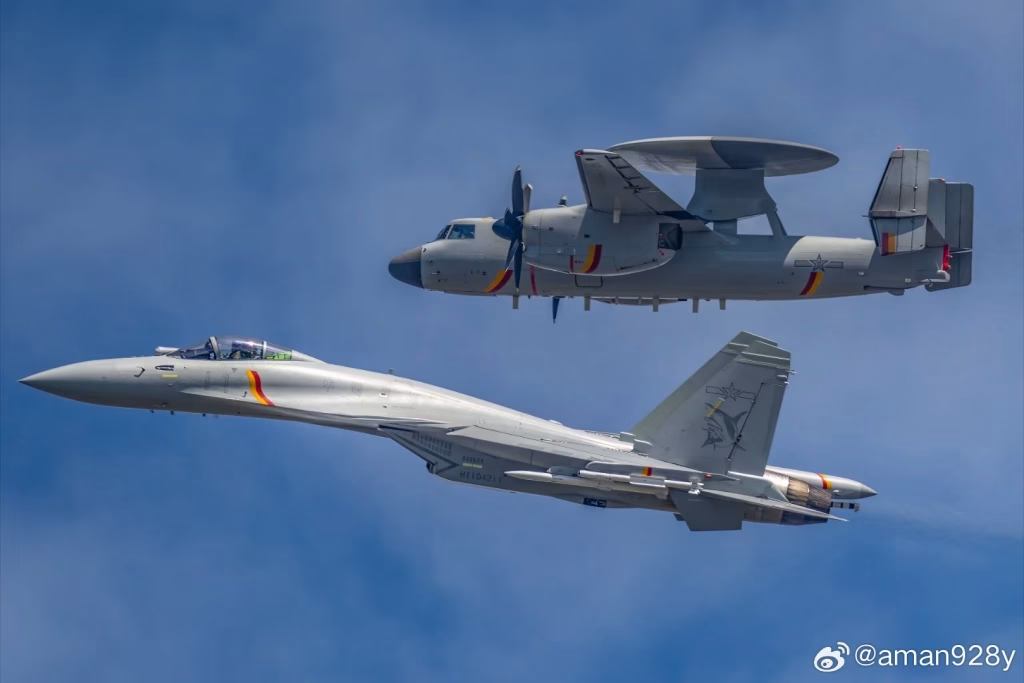
What the rehearsals already signal
J-20A and twin-seat J-20S: the “quarterback” role
The J-20A is now a routine sight. Yet the twin-seat J-20S (often called J-20AS) is the real tell. A second crew member can manage sensors, electronic attack, and teaming with unmanned systems. In practice, that means longer reach and faster kill chains. Thus, a J-20S flypast would signal operational manned-unmanned teaming, not just stealth.
J-35 family: parallel stealth lines
Reports point to the J-35A for the PLAAF and a naval J-35 for carriers. If both appear, China would field two stealth lines in parallel with the J-20. That redundancy boosts capacity and complicates adversary planning. Moreover, a catapult-capable carrier unlocks heavier take-off weights and stealthier loadouts. In short, China military parade aviation moves from showpiece to force design.
Carrier enablers: KJ-600, J-15T, and J-15DT
The KJ-600 AEW aircraft is the keystone for fleet air defense and battle management. The catapult-rated J-15T pairs with it to extend strike reach. Meanwhile, the J-15DT adds electronic warfare for SEAD and escort jamming. Together, these platforms suggest a NATO-style air wing design: stealth up front, AEW/EW as backbone, and tankers to sustain tempo. Therefore, the carrier element will speak to doctrine, not only technology.
Y-20B lifters, YY-20 tankers, and J-16D EW
Re-engined Y-20B transports and YY-20 tankers extend combat persistence. They feed sorties for both stealth and legacy fleets. In parallel, the J-16D gives teeth to suppression campaigns. Put simply, these aircraft turn headline fighters into sustained power. For planners, that is the core of the China military parade aviation message.
UCAVs and CCA: from “Sharp Sword” to wingmen
Expect the GJ-11 UCAV to reappear, possibly with a naval variant. Recently teased collaborative combat aircraft may also roll past under tarps. If up to four types are shown, the signal is clear. China is preparing ISR-strike teaming and swarming at scale. Accordingly, UCAVs may be the most discussed element after the parade.

Historical context and what has changed since 2019
The 2019 parade introduced the J-20, J-16, J-10C, Y-20A/YY-20A, and H-6N. It also revealed the WZ-8 and GJ-11 drones. Today, these systems are normal features of training cycles. They no longer dominate headlines. Instead, integration and readiness do. Consequently, the China military parade aviation story now centers on tempo, logistics, and command-and-control.
This shift is not cosmetic. It reflects production learning, improved pilot pipelines, and denser support fleets. It also aligns with ongoing carrier trials. In effect, China is building depth, not only reach. That change will stress regional air defenses and complicate allied targeting.
Implications for regional security
Japan and Taiwan. AEW-enabled carrier wings create multi-axis dilemmas. Long-range maritime targeting can combine with stealthy counter-air. Therefore, both will prioritize passive sensors, dispersed basing, and hard-/soft-kill mixes to preserve forces.
Philippines and the South China Sea. Better maritime domain awareness and jamming complicate allied patrols. As a result, the response will favor networked shooters and multi-static sensing. Interoperable kill-webs will matter more than individual platforms.
United States and allies. The allied counter is already forming: accelerate CCA programs, harden links, and shorten kill chains. Additionally, more tankers and AEW platforms are being budgeted. In brief, capacity and integration will decide outcomes, not any single jet.
Analyst caution and OSINT caveats
Open-source imagery and rehearsal footage guide these assessments. Still, official confirmations for some variants remain limited. Unit allocations, exact counts, and readiness rates are not public. Accordingly, this analysis distinguishes between fielded types and items nearing operational test. That caution is essential when evaluating China military parade aviation claims.
What to watch next
Three indicators will show whether optics translate into durable power. First, the growth rate of Y-20B and YY-20 fleets. Second, catapult qualifications for pilots and deck crews on Fujian. Third, operational trials that link J-20S with UCAVs in live exercises. If all three move together, the region will face a faster, denser air threat.
Internal link: For allied counter-moves on data, AI, and rapid deployment, see our coverage: US Navy AI & Data Strategy.
Source: Primary reporting via Defence Blog: Analyst: China’s air power display exceeds expectations.
Further Reading
• Janes: Fujian carrier flight-deck operations progress.
• Naval News: Chinese carrier aviation taking off in 2025.

